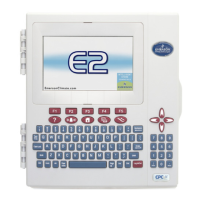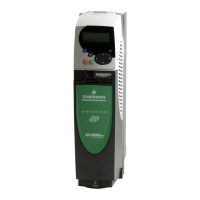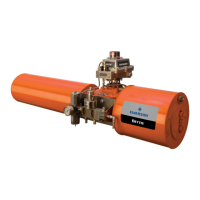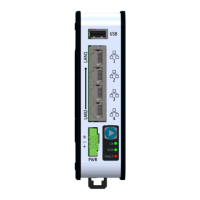©2017 Nelson Heat Tracing Systems
GA2497 Rev.5
9.1
Troubleshooting
9.2
Operator Checks
Upon receipt of the controller, or to check the controller
for an indication of normal operation, follow the
operational procedures shown below.
These procedures are designed to familiarize the operator with
the controller and to provide an understanding of its operation.
In order to determine if a fault is associated with the
heat
tracing, wiring or the controller, it will be necessary
to
troubleshoot the wiring and tracer circuit. If the
fault
remains, remove power from the controller and exchange
it
with another controller. This may require some
reprogramming
of the new CM2201/CM-2202.
Refer to the
following sections for the appropriate topic.
9.2.1
RTDs
RTD failures after installation can generally be attributed
to incorrect wiring or improper installation of the sensor.
Troubleshooting of these failures is a very simple
procedure if the proper steps are undertaken in the
correct order. Some specific RTD problems and the correct
methods for troubleshooting are outlined as follows.
1. RTD Failure Alarm(s)
If the CM2201/CM-2202 controller indicates a failure of an
RTD:
a)
Ensure that the RTD is a 3-wire 100 (Platinum Type).
TURN THE POWER TO THE CONTROLLER OFF BEFORE
PROCEEDING!
b)
Disconnect the RTD wiring from the input terminals.
c)
Measure the RTD’s resistance between the source
(RED) and sense (RED) leads at the controller (it should
not exceed 40 Ω). Excessive lead resistance will cause
a RTD FAILURE ALARM and must be corrected. Look for
loose
terminals, excessive lead length, or insufficient wire
gauge and correct as necessary.
d)
Measures the RTD’s resistance between the source
(RED) or sense (RED) lead and the common (WHT) lead
of the RTD at the controller (should be between 60
and 330 Ω depending on the temperature and the lead
resistance. Verify that the RTD is wired correctly —the
heat tracing conrtrollers will always be terminated in
the
order: source
(RED), common(WHT), sense (RED).
When wiring to theCM2201/CM2202, the terminals are marked
as follows:
The RTD manufacturer will typically color code the leads
with
the source and sense being the same color, and the
common
a different color. Ensure that the RTD extension
wire
shield is terminated at one end only, normally using the
terminal block provided at the terminal board.
Note:
Some manufacturers use the common Black-White-Red
triad color code for the RTD connections. Usually,
the RED
lead is the common connection (same as the
White-White-
Red color scheme) and the White and Black
connections may
be used interchangeably.
2. Temperature Verification
If you consider that the indicated or displayed temperature
is not correct, thecontrollerandthe RTDcanbequickly
checked for correct operation. To verify the RTD:
TURN THE POWER TO THE CONTROLLER OFF BEFORE
PROCEEDING!
a)
Disconnect the RTD wiring from the input terminals.
b)
To calculate the temperature indicated by the RTD,
measure the resistance from source (red wire) or sense
(redwire) to common (white wire) and subtract the
resistance measured between source and sense. This
will give a compensated resistance value that can be
cross-
referenced to one of the RTD tables found in
Appendix
E or Appendix F. Compare the measured
resistance and
cross-referenced temperature value
obtained from the RTD table to the indicated or displayed
value. These should agree
to within the accuracy
standards of the CM2201/CM2202 and the RTD.
20
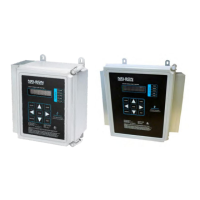
